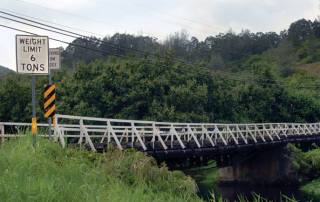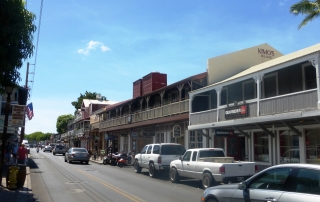Preserving Hawaii’s Petroglyphs with Imaging Technology
Preservation in the News: Imaging technology allows for a clearer image and a way to monitor changes for Hawaii petroglyphs, many of which are located at sites at risk due to volcanic activity. ********* Petroglyphs in fine detail Imaging technology new to Hawaii brings out details of ancient carvings at an Army base By Nina Wu Honolulu Star , May 24, 2015 Photo credit: Jamm Aquino / jaquino@staradvertiser.com Torie Robinson, right, a cultural resources technician with the Research Corporation of the University of Hawaii, pointed to an anthropomorphic figure on a basalt rock face in January at Fort Shafter in Kalihi. At left is cultural resources specialist Anthony Casciano. To the naked eye, the faint carvings at Fort Shafter appear to include a human figure holding a canoe paddle over two other figures. The panel is one of more than seven Hawaiian petroglyph features archaeologists discovered 15 years ago on a rock face atop a small, brush-covered hillside known as Kahauiki Stream at U.S. Army Pacific headquarters between Kalihi and Moanalua valleys. With the help of a cutting-edge technology new to Hawaii — reflectance transformation imaging, or RTI — archaeologists recently discovered the panel has quite a few more human figures, or anthropomorphs, along with several dog figures. The artistic style is consistent with petroglyphs dating to the pre-contact era (before 1778), according to U.S. Army Cultural Resources Program archaeologist Alton Exzabe. Before RTI was employed, he said, the petroglyphs were documented using regular photography, scaled drawings and hand sketches. "The sketches didn't seem to show everything we were seeing," Exzabe said. "RTI allows us to get a more precise, as well as clearer, image, and a way to monitor changes more accurately." Exzabe's [...]



